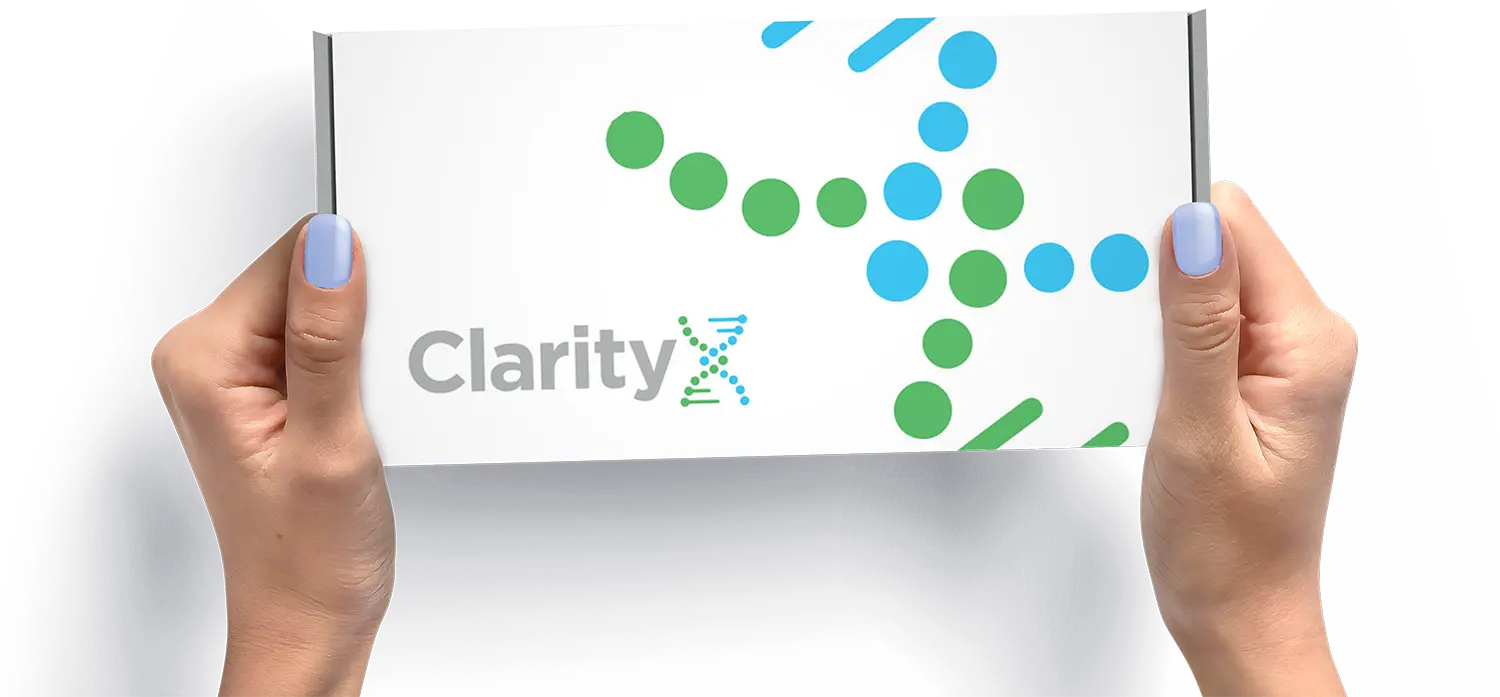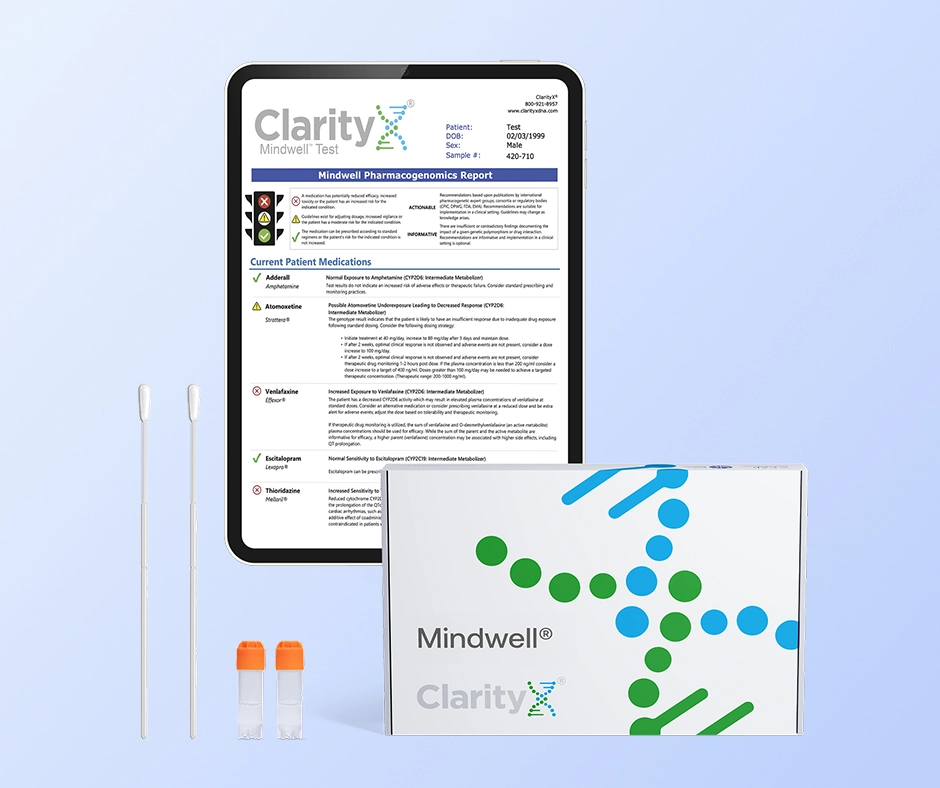Summer Sale! Save 25%
CANCIDAS is an echinocandin antifungal drug indicated in adults and pediatric patients (3 months and older) for:
• Empirical therapy for presumed fungal infections in febrile, neutropenic patients. (1)
• Treatment of candidemia and the following Candida infections: intraabdominal abscesses, peritonitis and pleural space infections. (1)
• Treatment of esophageal candidiasis. (1)
• Treatment of invasive aspergillosis in patients who are refractory to or intolerant of other therapies (e.g., amphotericin B, lipid formulations of amphotericin B, itraconazole). (1)
Adults: Most common adverse reactions (incidence ≥10%) are diarrhea, pyrexia, ALT/AST increased, blood alkaline phosphatase increased, and blood potassium decreased. (6.1)
• Pediatric patients: Most common adverse reactions (incidence ≥10%) are pyrexia, diarrhea, rash, ALT/AST increased, blood potassium decreased, hypotension, and chills. (6.2)
In clinical studies, caspofungin did not induce the CYP3A4 metabolism of other drugs. Caspofungin is not a substrate for P-glycoprotein and is a poor substrate for cytochrome P450 enzymes. Clinical studies in adult healthy volunteers show that the pharmacokinetics of CANCIDAS are not altered by itraconazole, amphotericin B, mycophenolate, nelfinavir, or tacrolimus. CANCIDAS has no effect on the pharmacokinetics of itraconazole, amphotericin B, or the active metabolite of mycophenolate. Cyclosporine: In two adult clinical studies, cyclosporine (one 4 mg/kg dose or two 3 mg/kg doses) increased the AUC of caspofungin by approximately 35%. CANCIDAS did not increase the plasma levels of cyclosporine. There were transient increases in liver ALT and AST when CANCIDAS and cyclosporine were co-administered [see Warnings and Precautions (5.1)]. Tacrolimus: For patients receiving CANCIDAS and tacrolimus, standard monitoring of tacrolimus blood concentrations and appropriate tacrolimus dosage adjustments are recommended. Rifampin: Adult patients on rifampin should receive 70 mg of CANCIDAS daily. Other inducers of drug clearance: Adults: When CANCIDAS is co-administered to adult patients with inducers of drug clearance, such as efavirenz, nevirapine, phenytoin, dexamethasone, or carbamazepine, use of a daily dose of 70 mg of CANCIDAS should be considered. Pediatric Patients: When CANCIDAS is co-administered to pediatric patients with inducers of drug clearance, such as rifampin, efavirenz, nevirapine, phenytoin, dexamethasone, or carbamazepine, a CANCIDAS dose of 70 mg/m2 daily (not to exceed an actual daily dose of 70 mg) should be considered.
• Use with cyclosporine: Limit use to patients for whom potential benefit outweighs potential risk. Monitor patients who develop abnormal liver function tests (LFTs) during concomitant therapy and evaluate risk/benefit of continuing CANCIDAS. (5.1)
• Hepatic effects: Can cause abnormalities in LFTs and isolated cases of clinically significant hepatic dysfunction, hepatitis, or hepatic failure. Monitor patients who develop abnormal LFTs for evidence of worsening hepatic function, and evaluate risk/benefit of continuing CANCIDAS. (5.2)


